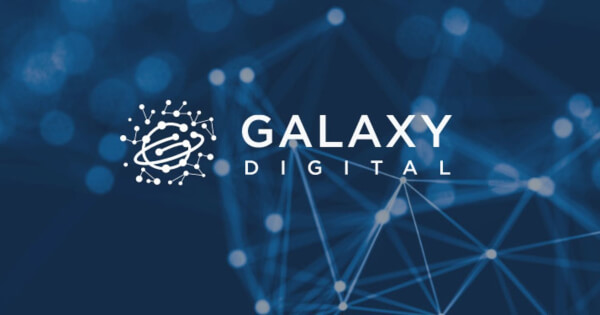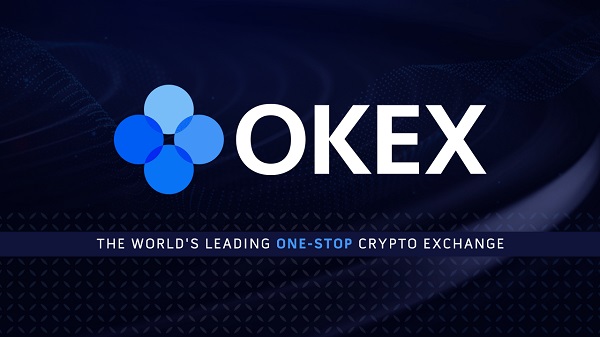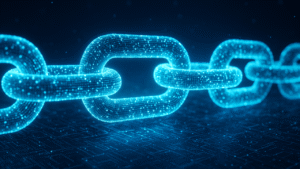Ethereum Developers Discuss Pectra and Validator Requirements in ACDC Call #148

Ted Hisokawa
Jan 10, 2025 14:49
Ethereum’s All Core Developers Consensus Call #148 focused on Pectra testing updates, validator hardware requirements, and the Gloas upgrade name.
On January 9, 2025, Ethereum developers convened for the first All Core Developers Consensus (ACDC) call of the year, chaired by Ethereum Foundation Researcher Alex Stokes. The biweekly meeting series serves as a platform for developers to discuss and coordinate changes to Ethereum’s consensus layer, known as the Beacon Chain, according to galaxy.com.
Pectra Devnet 5 and Validator Requirements
During the call, developers shared updates on the Pectra testing and implementation progress. A key focus was on defining hardware requirements for validator node operators, an initiative led by a developer known as “Kev.” The group agreed on naming the seventh consensus layer fork after the star “Gloas.”
Parithosh Jayanthi, EF Developer Operations Engineer, highlighted open issues in the consensus layer specifications that need resolution before launching Pectra Devnet 5. Hive tests for both execution layer (EL) and consensus layer (CL) clients have been updated, and most clients are performing well against these tests. Stokes mentioned another issue impacting EL clients related to EIP 2935 and planned to follow up with Geth developer “Lightclient.”
Timelines and Upgrades
The timing for Pectra Devnet 5 was discussed, with Stokes recommending consultation with EL client teams before finalizing a launch date. EF Protocol Support Lead Tim Beiko suggested launching Devnet 5 the following week, with the aim to upgrade Ethereum’s public testnets, Sepolia and Holesky, in February and potentially activate on the mainnet by March.
The call also touched on whether the new Ephemery testnet should be upgraded alongside Sepolia and Holesky. The consensus was to upgrade Sepolia first, followed by Holesky, with the possibility of bundling client releases to expedite mainnet activation.
Additional Developments
Updates on PeerDAS, an improvement to blob scalability slated for the Fusaka upgrade, were not shared during this call. However, a developer named “Pop” proposed three new fields for Ethereum Node Records (ENR) specifications, facilitating node connectivity on both IPv4 and IPv6 addresses. These changes are backward compatible and can be integrated independently of Pectra.
Finally, developers deliberated on the name for the consensus layer’s seventh upgrade. “Gloas” emerged as the preferred choice, allowing the portmanteau “Glamsterdam” for the combined EL and CL upgrades, with the EL fork already named Amsterdam.
Image source: Shutterstock













